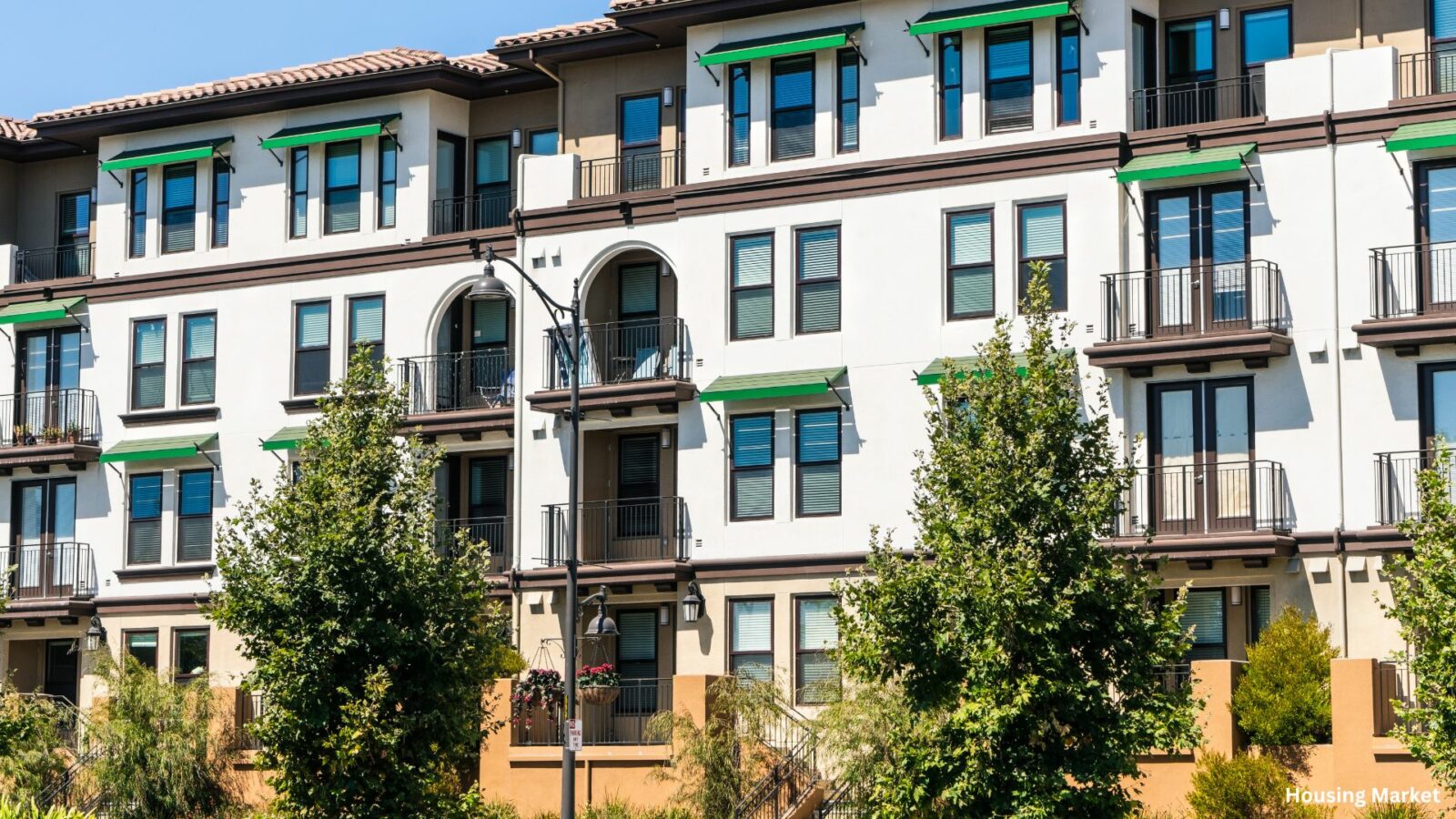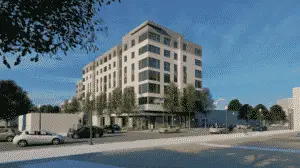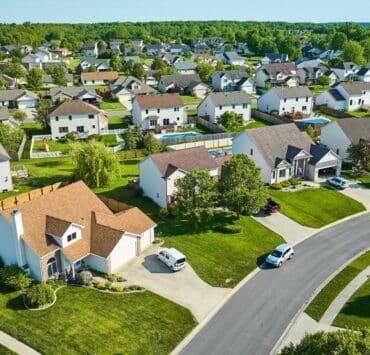The multifamily housing market remains a crucial segment of the real estate industry, providing essential housing solutions for many individuals and families. However, the sector currently faces significant challenges that affect its growth and development.
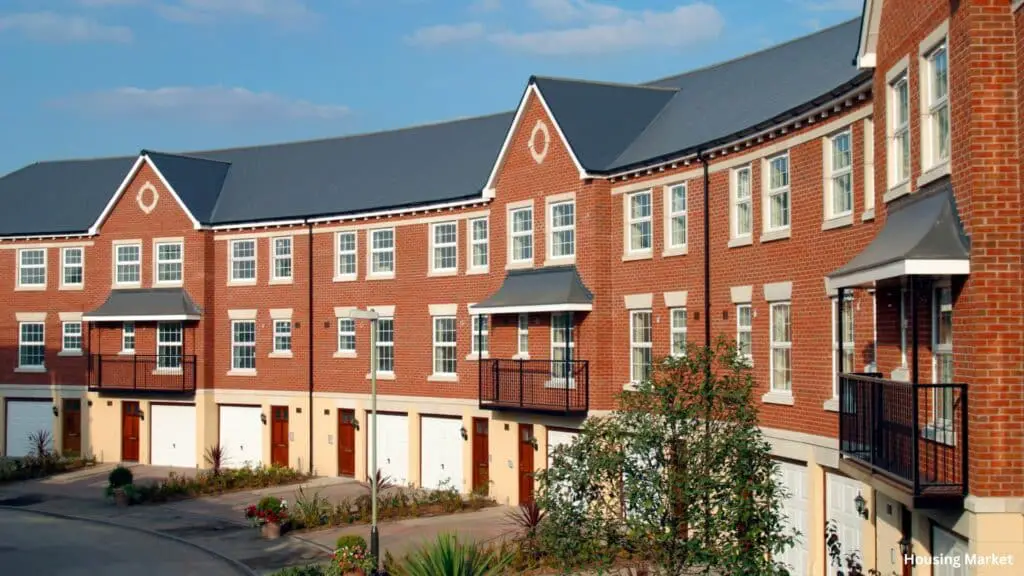
High interest rates and rising construction costs have emerged as serious impediments to new multifamily development, hindering the pace at which new projects can be planned and executed.
In this article, we will explore the state of the multifamily housing market, the primary challenges it faces, and potential opportunities for developers and investors.
Current State of the Multifamily Housing Market
The multifamily housing market continues to see demand driven by demographic changes and shifting lifestyle preferences. Despite a challenging economic landscape, multifamily projects remain popular among renters due to several reasons.
Urbanization and increased mobility have led to people moving to urban areas in search of job opportunities, which has boosted the demand for multifamily units. Additionally, rising home prices have made renting a more attractive option for many individuals and families. Moreover, modern multifamily developments offer attractive amenities like gyms, co-working spaces, and shared social areas, making them increasingly appealing to renters.
Key Challenges Facing the Multifamily Housing Market
High Interest Rates
Rising interest rates have significantly increased the cost of borrowing, making financing multifamily projects more expensive. As a result, developers face difficulties securing funding, which often leads to delays or cancellations of new projects. Furthermore, high rates impact demand, as renters face higher rents due to increased operational costs.
Rising Construction Costs
Supply chain disruptions and inflation have driven up the costs of materials and labor. According to the National Association of Home Builders (NAHB), over 80% of developers cite high material prices as a significant issue. These rising costs directly affect project feasibility, squeezing profit margins and discouraging new developments.
Regulatory Challenges
Stringent zoning laws and local regulations can hinder the approval process, further delaying new construction. In some regions, rent control policies also impact developer incentives, making it less appealing for developers to invest in new multifamily projects.
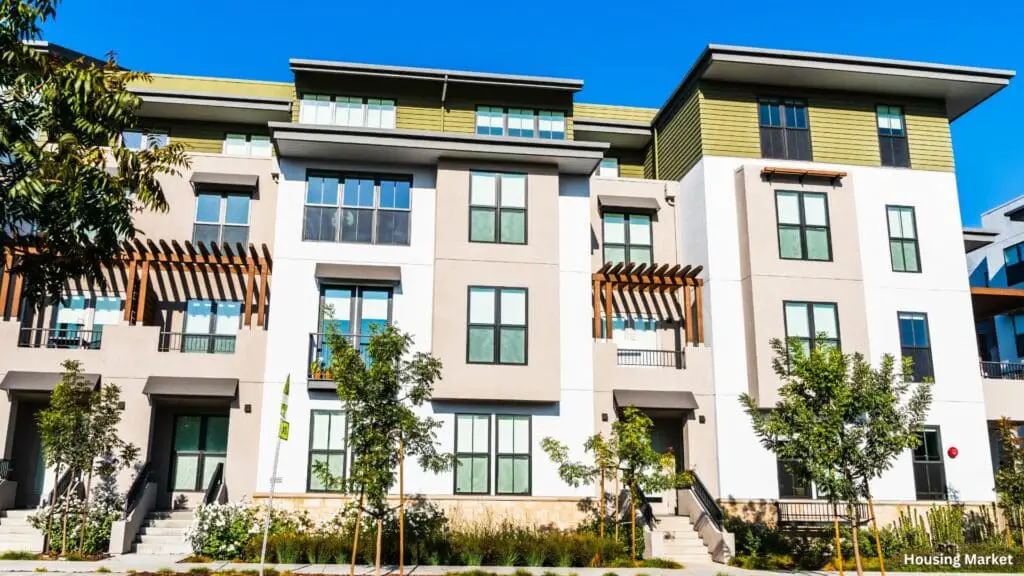
Opportunities in the Multifamily Housing Market
Affordable Housing Initiatives
Government incentives and subsidies for affordable housing can help developers access funding more easily. Developers focusing on affordable multifamily units can also benefit from tax credits and grants.
Sustainability and Green Construction
Demand for energy-efficient buildings is growing, offering developers a unique selling point. Green construction practices help reduce long-term operating costs and attract environmentally conscious renters.
Adaptive Reuse of Existing Buildings
Transforming old office buildings or industrial spaces into multifamily units can reduce construction costs significantly. This approach also appeals to renters interested in unique, repurposed living spaces, adding to the overall attractiveness of such projects.
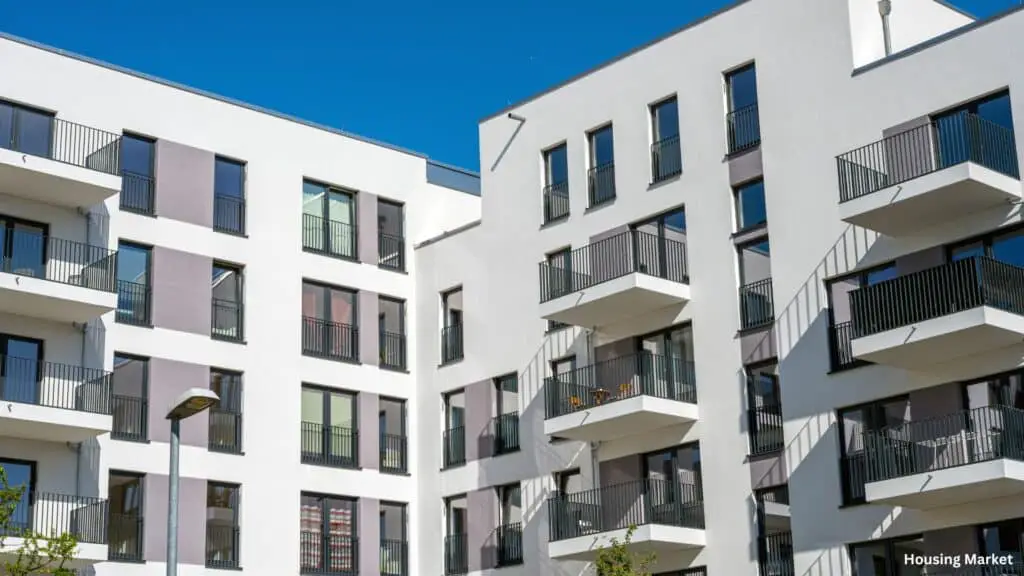
Navigating the Future
Despite the challenges, the multifamily housing market remains resilient. Developers, investors, and other stakeholders can leverage current trends and opportunities to navigate these challenging waters.
Diversify Funding Sources
Developers should explore public-private partnerships, tax credits, and other alternative funding options to secure financing through a mix of debt and equity, reducing risk.
Innovate Construction Methods
Adopting modular construction and other innovative methods can help reduce costs and speed up project delivery. Additionally, using data analytics can optimize project planning and management.
Stay Informed and Adaptive
Developers should monitor regulatory changes and market trends to make timely adjustments to their project plans. Building strong relationships with local authorities can also lead to smoother project approvals.

The multifamily housing market faces significant challenges due to high interest rates and rising construction costs. However, with innovative strategies, adaptive project planning, and an eye on emerging opportunities, developers and investors can still thrive. By focusing on affordable housing initiatives, sustainability, and adaptive reuse, stakeholders can help shape a robust future for the multifamily housing market.
